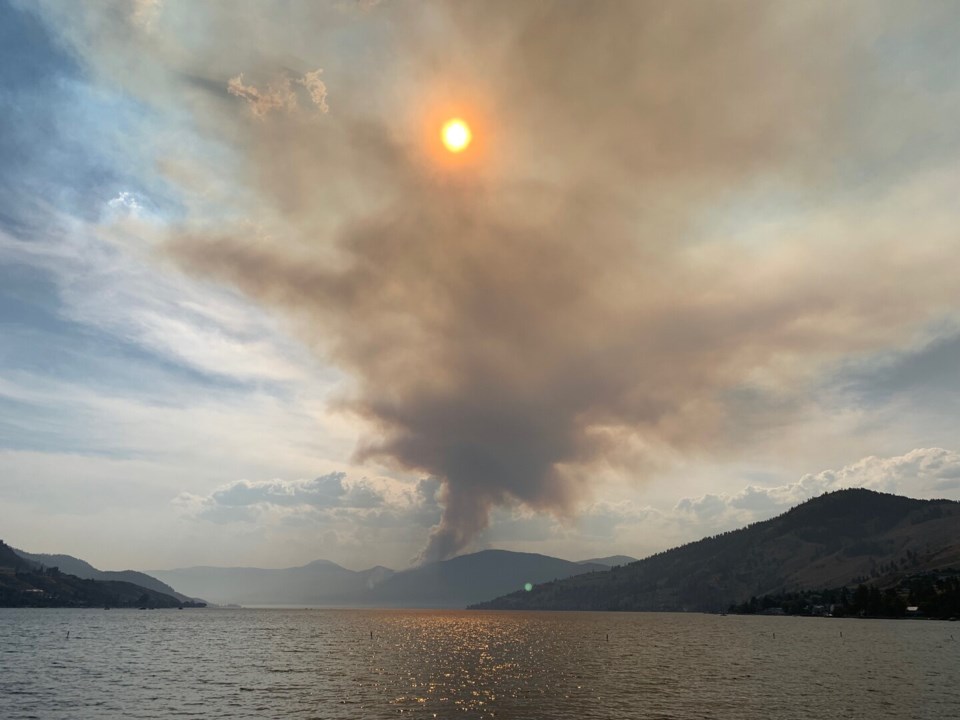If B.C. doesn’t manage its forests, Mother Nature will do it for us – whether we like it or not.
That’s what Murray Wilson said Thursday at the Okanagan Science Centre's final 'Meet and Geek' of the season.
Wilson is a retired registered professional forester in Vernon, and he says he’d like to see the B.C. government do more to manage forests. This, he said, will help to prevent wildfires.
“I think rather than simply locking up the land base and thinking that it's going to stay the same, they have to recognize that forests change over time,” explained Wilson.
“Our best approach to reduce the harmful impacts of fire and benefit our economy is to manage our forests, actively manage them.”
According to Wilson, our forests are too old and too dense. The old trees are more susceptible to fire and less efficient at storing carbon, so it’s time to remove some trees.
His advice comes as Okanagan residents are seeing the start of wildfire season. Right now, BC Wildfire Service is attempting to control the Pigeon Creek fire, which grew to 33 hectares by Monday evening.
As Wilson reminded the crowd, when fires get to a certain size, there’s nothing a crew can do but wait for the weather to change.
According to Wilson, 95% of the land base in B.C. is managed by the government.
The problem with that, he says, is it leaves forests in the hands of rotating parties and ever-changing interests. So often, as is happening now, the forests go unmanaged.
On top of helping to control wildfires, cutting down trees can have a positive impact on carbon emissions from the province.
“When you harvest trees, the carbon stays stored in the lumber. When we plant new trees, they sequester, store, carbon at a much faster rate than old trees,” explained Wilson.
“And trees don't live forever, they get old, they get diseased and we have very diseased forests right now. Most of the areas that were burned in ‘17 and ‘18 were the result of huge mountain pine beetle epidemics.”
He wants to see old-growth protected, but the recent change in what defines old-growth in B.C. is problematic. He says considering some timber-types old growth when they hit 140 years-old means the province is "actively managing" forests to be older, not younger.
"Older trees are not healthier trees," says Wilson.
The trees he'd like to see harvested are ones reaching the end of their lifecycle. He said doing so would be an economic benefit, and would allow us to control where tree loss takes place.
On top of that, B.C. laws require trees to be replanted when they’re harvested, something Wilson says isn’t the case for burned trees.
“When the area is burned, some of those places don't have trees for over 60 years.”
He says B.C. has many forestry experts and that the government should be using their knowledge to inform the management of forests.
B.C. can harvest and in turn replant its trees, or see Mother Nature take control and burn them off. Releasing carbon, reducing carbon storage and delaying the planting of new growth.



